Art Basel is changing guard, but old inequalities persist
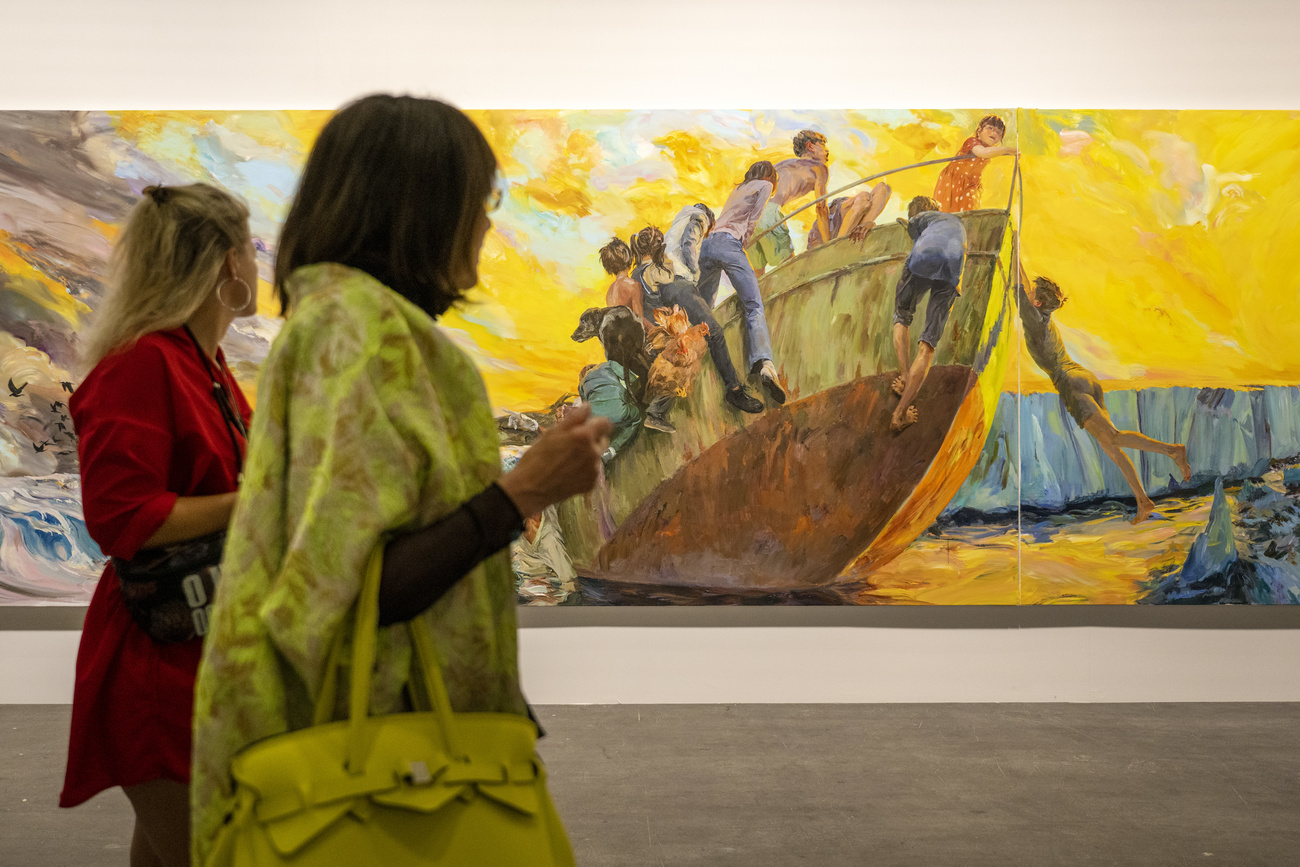
Art Basel was “back to normal” in its 2023 edition, finally turning the page on the Covid pandemic and its own organisational upheaval. The most prestigious art fair in the world may have changed hands but it still privileges established gallerists of the wealthy West over the developing world.
For the habitués of Art Basel in Basel, this year’s edition, at first glance, looked the same as the 2022 edition: 285 galleries from 36 countries filled their stands with their best wares, the exhibitions attracted hordes of art enthusiasts, and the parallel fairs (ListeExternal link and VoltaExternal link) continued to offer affordable rates for younger galleries and artists. Meanwhile, the city’s art institutions provided further delicacies for the eyes with a handful of top-notch exhibitions.
Behind the curtains, though, change at Art Basel and its mother company, MCH GroupExternal link, is underway with a new CEO in place since December. Noah Horowitz left the auction house Sotheby’s to take the helm from Marc Spiegler, who ran Art Basel for over a decade.
Spiegler left a strong mark on the fair. He consolidated its Miami edition (Art Basel Miami, that started in 2002) and launched Art Basel Hong Kong in 2013. During his reign the specialised pressExternal link called him one of the 100 most influential personalities in the global arts circuit.
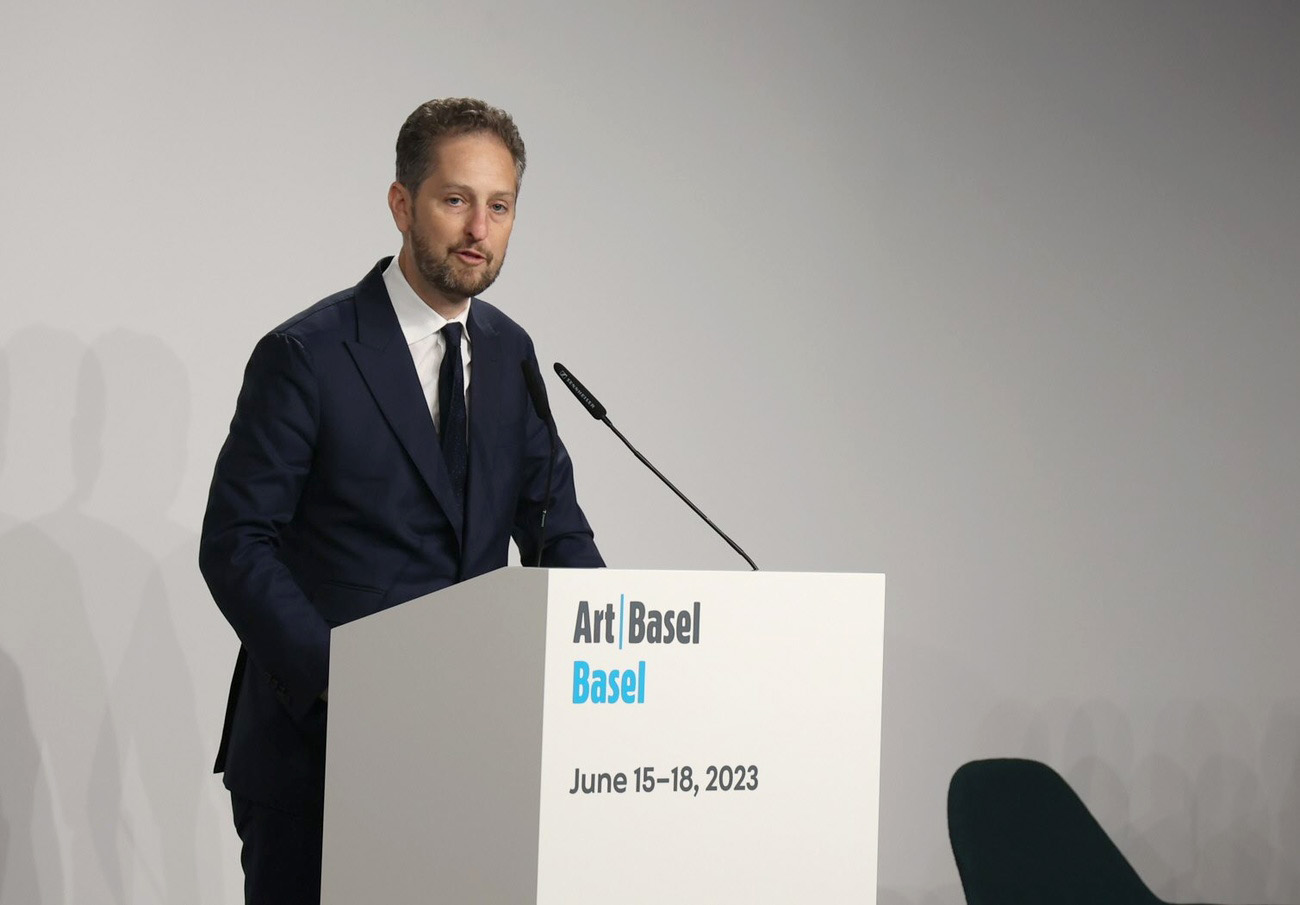
Gallerists interviewed by SWI swissinfo.ch welcomed the new arrival as a breath of fresh air. Horowitz, however, is yet to make any systemic changes. His only perceptible addition to Art Basel was a section called Kabinett, which he devised when director of Art Basel Miami (2015-21). It consists of curated exhibitions by 13 chosen galleries in the main building. “And that’s all I’ve seen as novelty,” reflects Peter KilchmannExternal link, owner of a gallery with his name (Zurich & Paris).
Since his appointment in November 2022, Horowitz has announced that one of his goals was to “look for possibilities of expansion”External link. Asked by SWI in which direction he planned to expand (geographically? In scope? In size?), Horowitz replied by e-mail that “we are now witnessing a cultural shift in which more and more “there are new collecting communities arising in different parts of the world” and he sees this landscape “as an opportunity (as well as a responsibility) for us to create new ways to engage and really tap into these audiences, and bring these communities in front of our galleries and their artists”.
Keeping the lead in its segment demands complex economic and geographic calculations and Horowitz treads cautiously, securing his grip in the organization before making any big change. “This is an exciting mandate”, says the Art Basel CEO, “and I look forward to discussing all of this and more with SWI in the future”.
But a couple of key events in the last two years may give us a clue as to where the art market is heading: more consolidation at the top and growing demand from the Global South to be part of the conversation.
From bust to boost
The Covid-19 pandemic left its toll on MCH Group. The 2020 edition of Art Basel in Basel was cancelled. In 2021 the event was held in September instead of June; visitor numbers dropped by a third (less than 60,000 people showed up), some galleries skipped the event (18 out of 290 in 2019), and many of the viewings and sales took place online or in the three virtual rooms set up by the organisation. Although online sales are now a fixture of the trade, gallerists still prefer the intimacy of face-to-face meetings to ink substantial deals.
Even before the pandemic struck, MCH’s financial situation was in the red. In March 2020, MCH predicted losses of up to CHF170 million ($190 million) for that year and posted losses of roughly CHF24.4 million in the first halfExternal link of the year.
In December 2020, James Murdoch, the youngest son of Rupert and scion of the family’s media conglomerate, stepped in, injecting CHF44 million and pledging to invest up to CHF80 million in the next years.
Murdoch’s company, Lupa Systems, became MCH’s biggest single shareholderExternal link, with a 38.52% stake, just 0.5% more than the second main owner, canton Basel City. Three members of MCH’s board ceded their seats to Murdoch and two other Luma directors.
This capital injection allowed the company to issue bonds worth CHF114 million. As a result, the fair expanded to Paris with the first edition of Paris + held in October last year.
Paris +External link is of smaller dimension than its older siblings, hosting only 160 galleries – but some of the most prestigious ones. Nonetheless, the fair was deemed an enormous success, to the grief of FIACExternal link, until then the main Parisian art fair. Critics lamented that Paris+ had tipped the French capital to the corporate side of art “at the expense of Parisian charm”, according to New York Times critic Scott ReyburnExternal link.
The group fared better in 2022. Numbers of visitors and galleries crept back to normal, but Covid-19 was still in the air despite the easing of restrictions.
> Video: Environnement Chromointerferent (1974/2018) by Carlos Cruz-Diez (born in 1923 in Caracas, Venezuela, died in 2019 in Paris, France) on display at the show Art Unlimited at Art Basel. Unlimited is Art Basel’s exhibition platform for projects that transcend the limitations of a classical art-show stand, including out-sized sculpture and paintings, video projections, large-scale installations, and live performances.
Post-pandemic blues
This year’s Art Basel edition was hailed as the first “normal” show since 2019. On paper the art market has now overcome the pandemic with sales recorded in 2022 finally back to 2019 levels – and this regardless of higher inflation, increased regulations on international trade and the war in Ukraine.
But a UBS Art Basel reportExternal link published ahead of the fair shows that growth has been led by the market’s high-end galleries (those with a turnover of $10 million or more), leaving smaller players scrambling despite the celebrated return of Asian, and especially Chinese, collectors.
Very few galleries disclose their sales publicly, but the ones who did this year recorded a total of $220 million, according to a report compiled by Art Basel on the last day of the fair. The projected revenue for Art Basel is expected to reach the pre-pandemic average, touching the $1 billion mark.
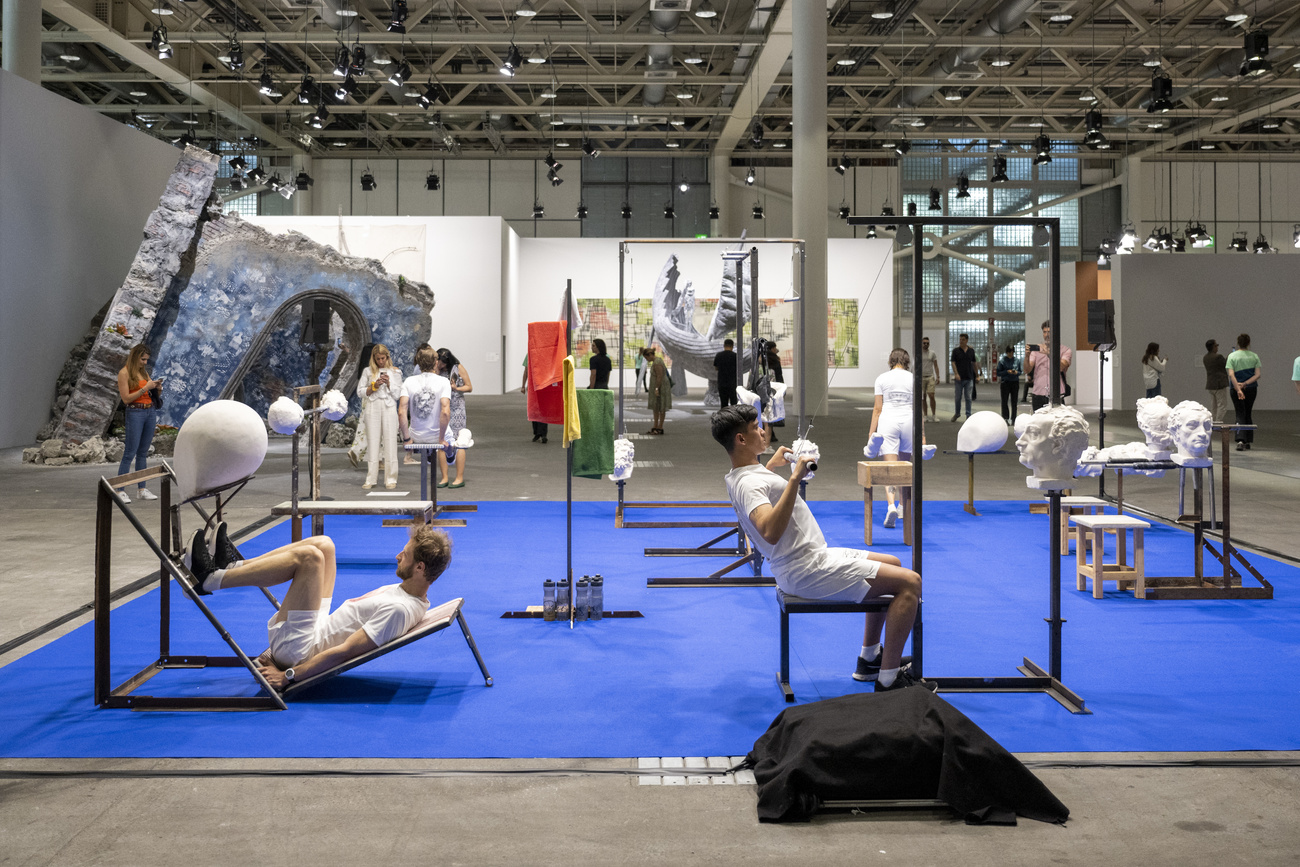
Powerful dealers, such as Hauser & Wirth, boasted sales in the eight figures – the gallery recorded the most expensive sale during the fair this year, a $22.5 million piece by French-American artist Louise Bourgeois. But this was rather an isolated case. The most expensive artwork on show in Basel, Mark Rothko’s 1955 Untitled (Yellow, Orange, Yellow, Light Orange), offered for $60 million by Helly Nahmad gallery (New York & London), finished the fair without a buyer (so far).
Smaller gallerists interviewed by SWI during the fair confirmed they had been particularly affected by the pandemic and are struggling to stay afloat. This was even more obvious in the parallel fairs Volta and Liste. The latter featured the work of two Ukrainian galleries, VoloshynExternal link and The Naked RoomExternal link, who were given the slots previously reserved for Russian galleries.
Gallerist Maxim Voloshyn (Kyiv) said that right after the start of Russia’s war against Ukraine there was a considerable interest in his artists. The hype was short-lived. “People and buyers were very sympathetic; and we even promoted fund-raising sales for humanitarian help that made around $100,000,” he said. “But now the business is just the same as it was before the war.”
This uncertain scenario has not stopped the selected middle-range galleries from paying the hefty price tag for a booth in Basel. A square metre costs between $815 (CHF730) and $960. The annual fair grants them visibility and provides an opportunity to reconnect with the global market.
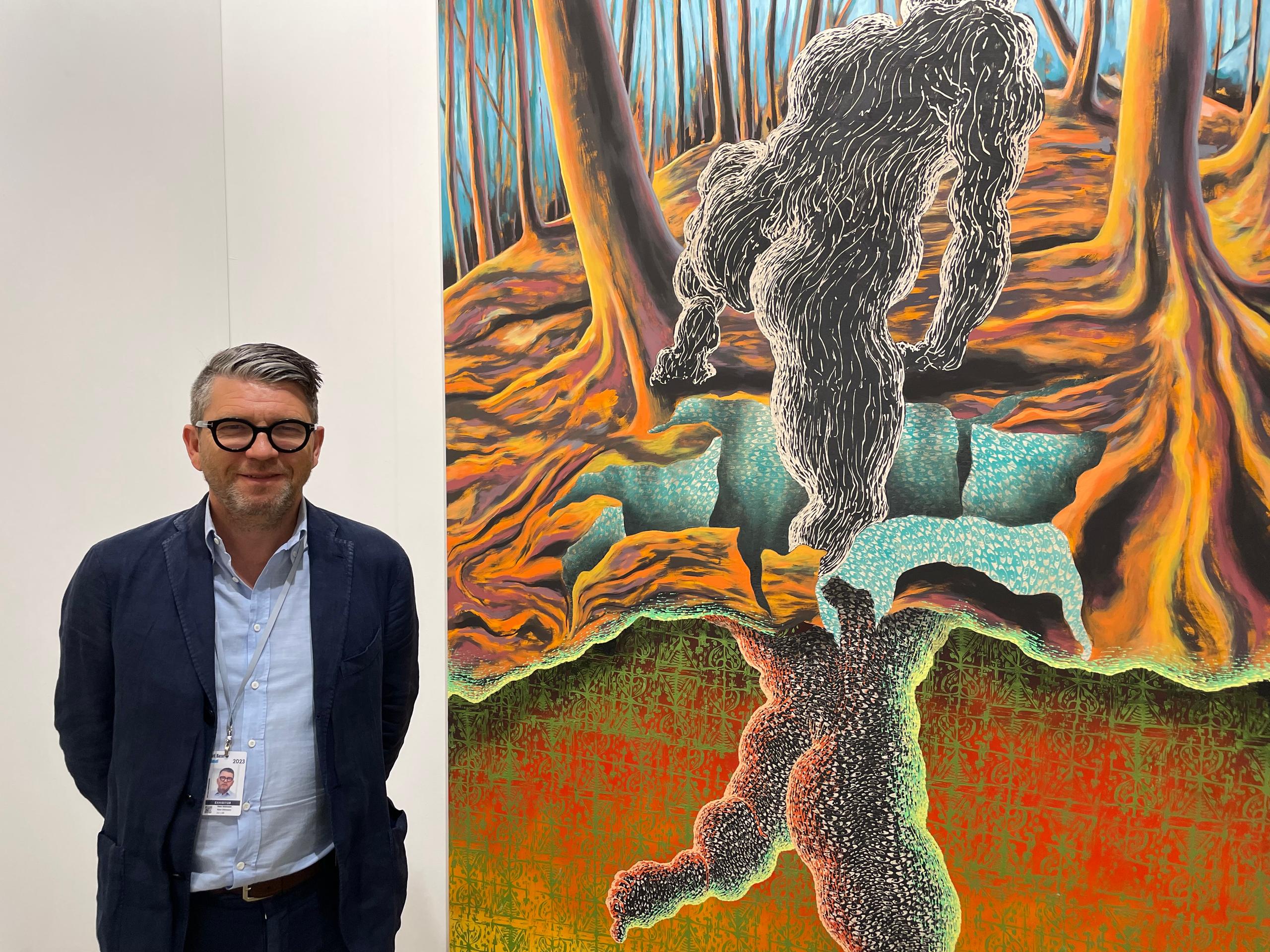
Gallerist Deborah SchamoniExternal link (Munich) debuted this year in the fair and told SWI that the “investment pays off”. “After all, it’s not just a matter of breaking even on sales,” says Kilchmann of the Zurich gallery. “At Art Basel you meet the old collectors and get to know the new ones. The contacts you make here may not translate into immediate sales, but certainly in the future.”
The hard and costly way up North
This is one of the reasons gallerists outside the art circuit of the “developed world” invest to come to Basel.
Luisa StrinaExternal link (Sao Paulo) was the first Latin American gallerist to show in Basel in 1990. After over three decades, Strina doesn’t blink when asked if Art Basel is worth the trouble – and the costs. “I wouldn’t mind if they lowered the price of the booth,” she jokes.
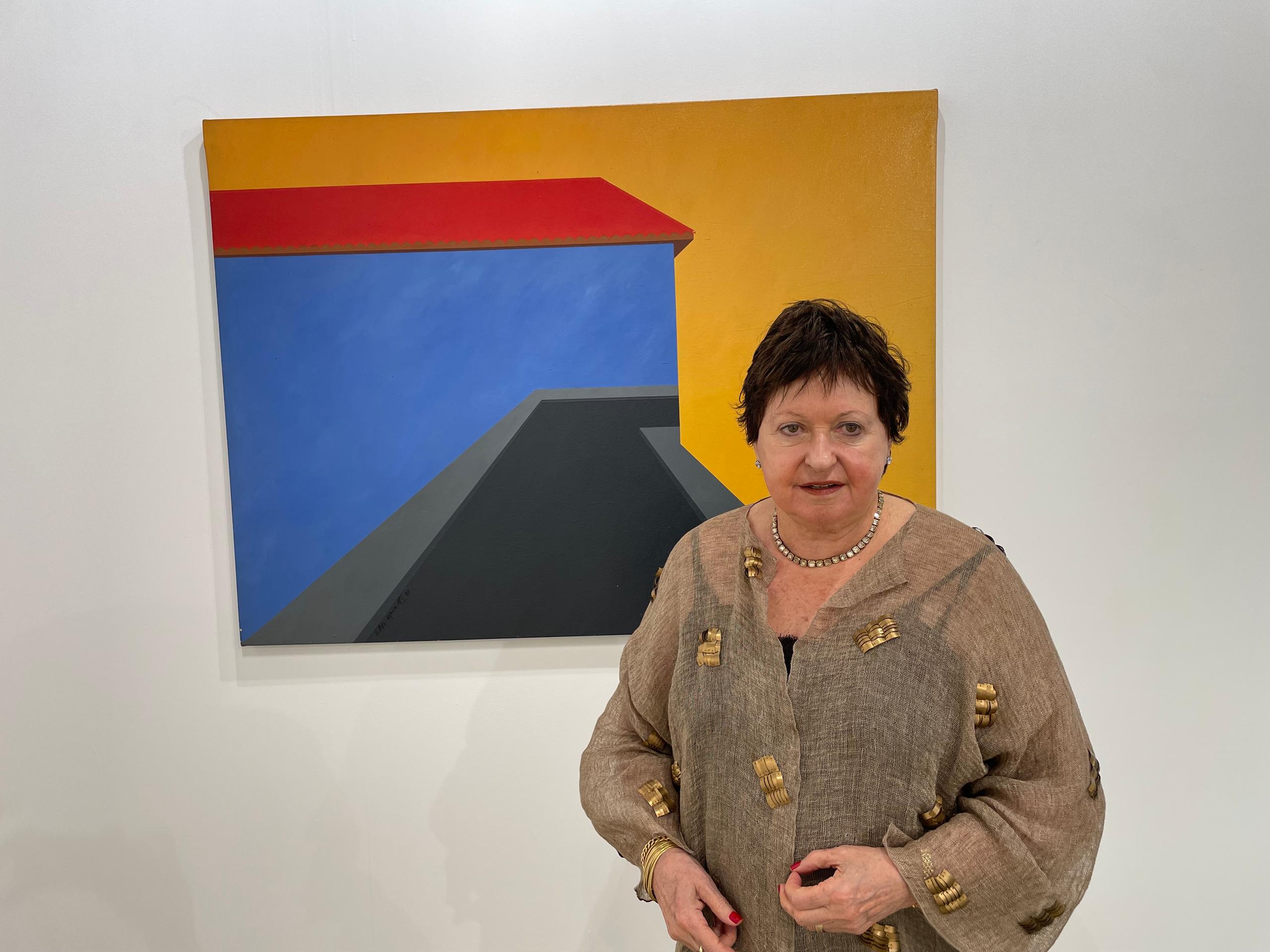
On top of the price of the booth, gallerists also have to pay travel expenses, transport and insurance of artworks, along with other expensive frugalities such as networking drinks and dinners. The bill for non-European participants can range from $200,000 to half a million dollars.
It comes as no surprise then that Art Basel reflects the main vectors of the arts trade, with little representation of the Global South. Asian (excluding Japan, China and South Korea), African and Latin American galleries are a conspicuous minority, although their numbers have increased considerably in the last decade. From the African continent, only two well established South African galleries were present, both of which have offices in Europe: GoodmanExternal link and StevensonExternal link.
Some countries, though, are expanding their presence at Art Basel. Brazil had its largest participation this year, with 11 galleries; India, a relative newcomer to Basel, had four.
For smaller and more distant galleries, coming to Basel can prove an uphill battle. The director of Chemould Prescott RoadExternal link (Mumbai), Shireen Gandhy, told SWI that she had her application turned down four times. She had to invite the fair’s former director, Marc Spiegler, to visit India and show him round the art scene to get her country on his map. “Spiegler was enchanted”, she says, “and it certainly opened the doors for other galleries”.
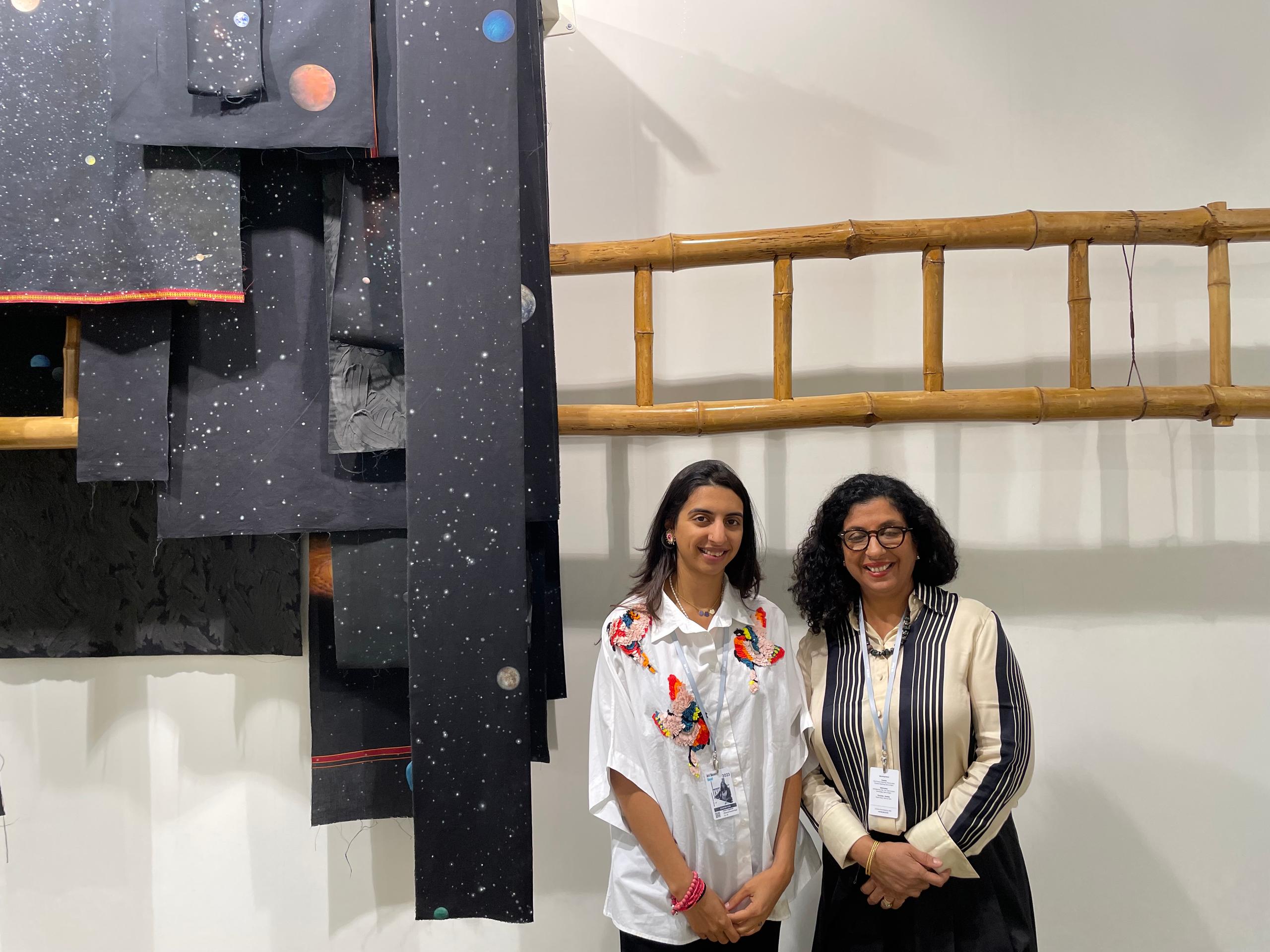
A new awareness
Noah Horowitz is aware of this inequality. “We recognize that growth across the market’s many sectors is uneven, and that wealth is especially concentrated in the upper echelons”, he told SWI. Horowitz declared that he is committed to foster and support smaller and mid-size galleries “as we believe them to be an integral part of a healthy art world ecosystem.”
In fact, Art Basel had already introduced in 2019 a sliding scale pricing system, whereby galleries with a smaller booth pay less per square meter than galleries with a larger booth. Horowitz also highlights that this year’s edition received 21 newcomers, spread along Art Basel’s booths and exhibitions.
One of the reasons Art Basel has risen to the top of its game has been its ability to mirror sharply, and respond quickly to, the state of the arts market. Righting the wrongs of an unequal system is not Art Basel’s job, but it certainly has a considerable power to buck unequal trends. As observers, we have four big opportunities every year to read its signs. Next stops: Paris in October, Miami in December.
This article was republished on June 26th to include comments made by Art Basel CEO Noah Horowitz after its original publication.
Edited by Virginie Mangin/ds

In compliance with the JTI standards
More: SWI swissinfo.ch certified by the Journalism Trust Initiative
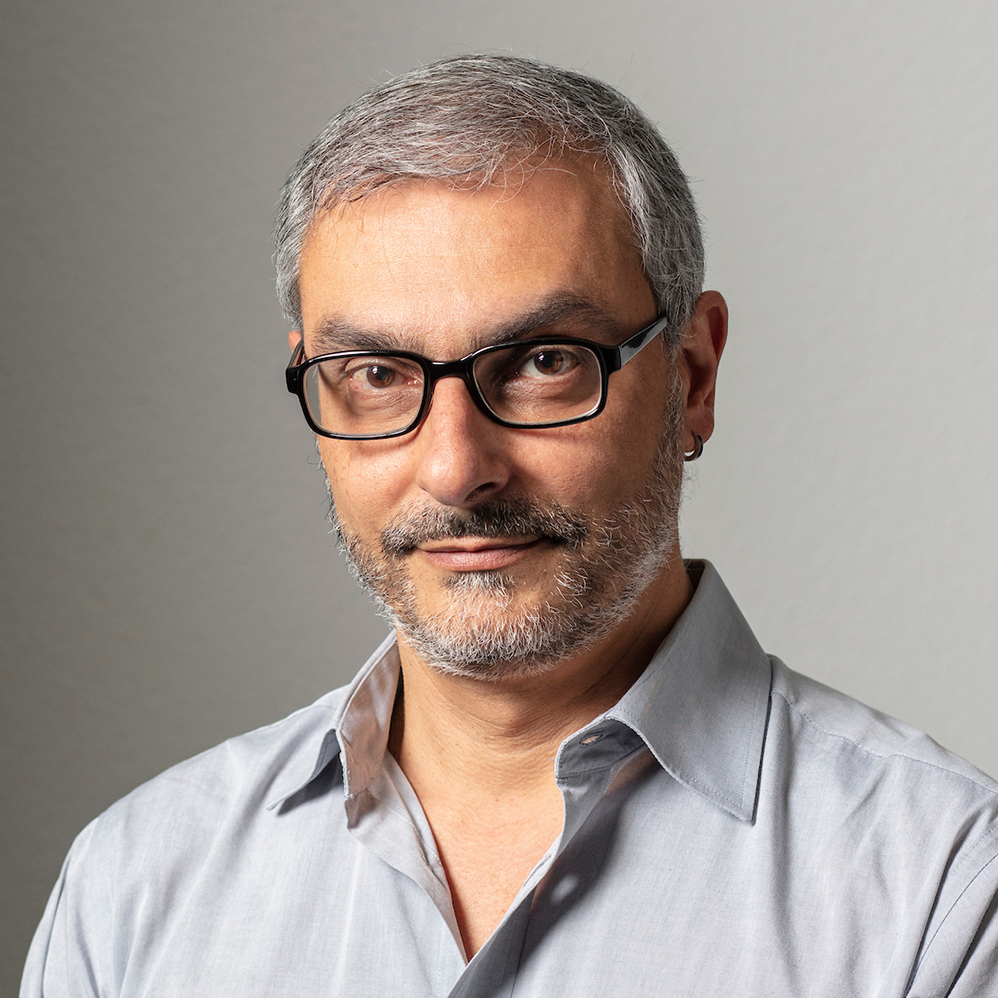



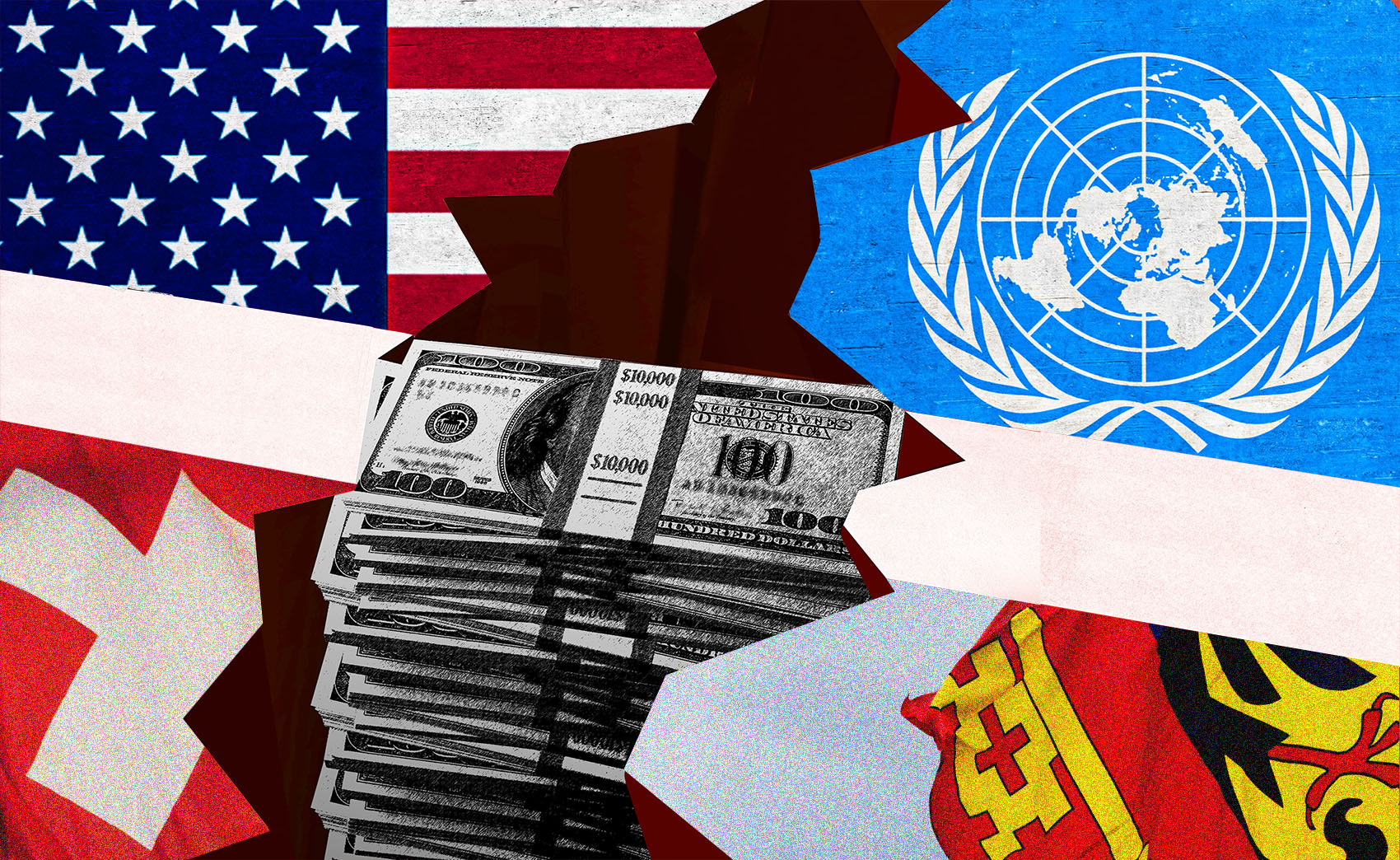






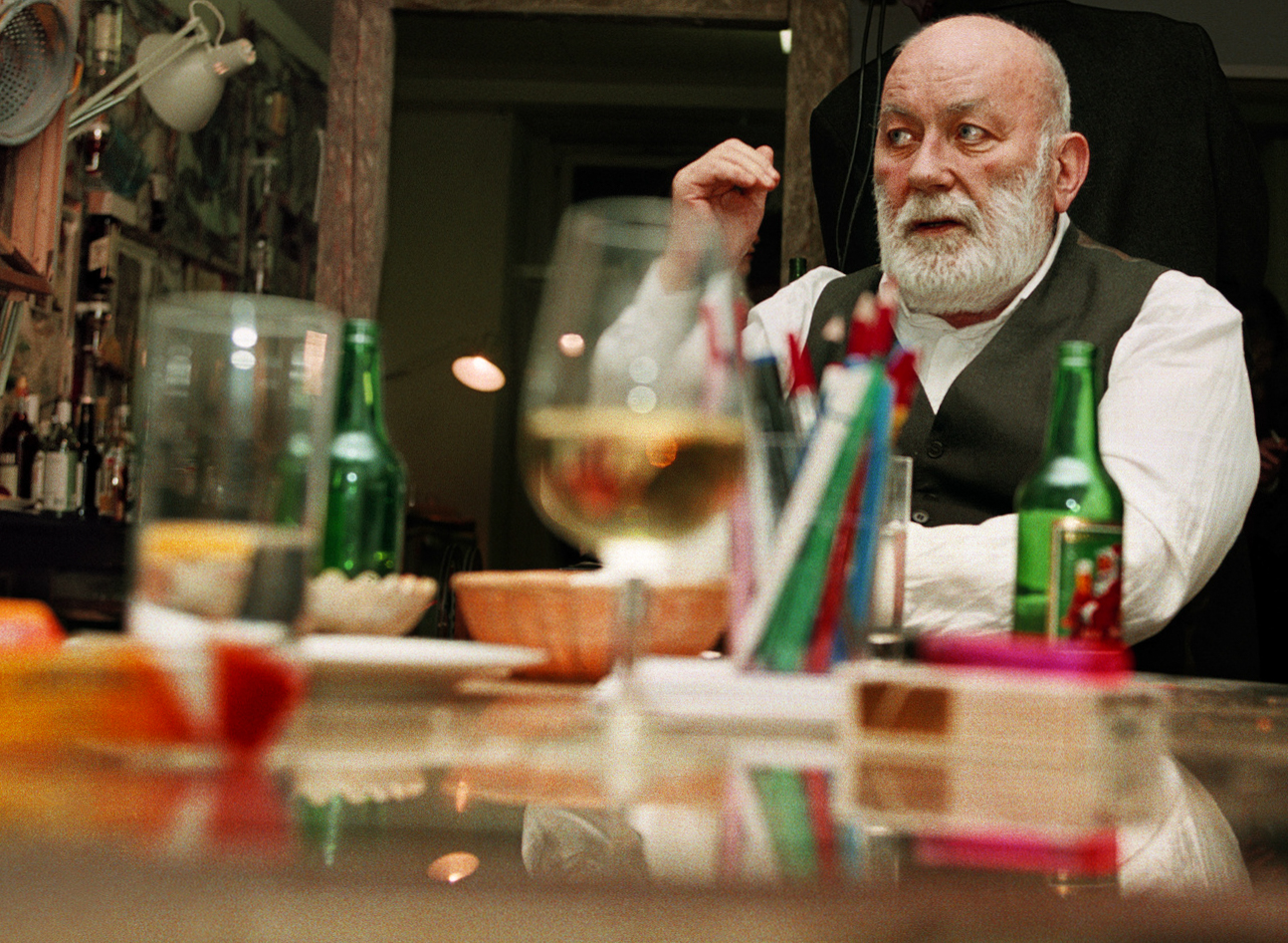

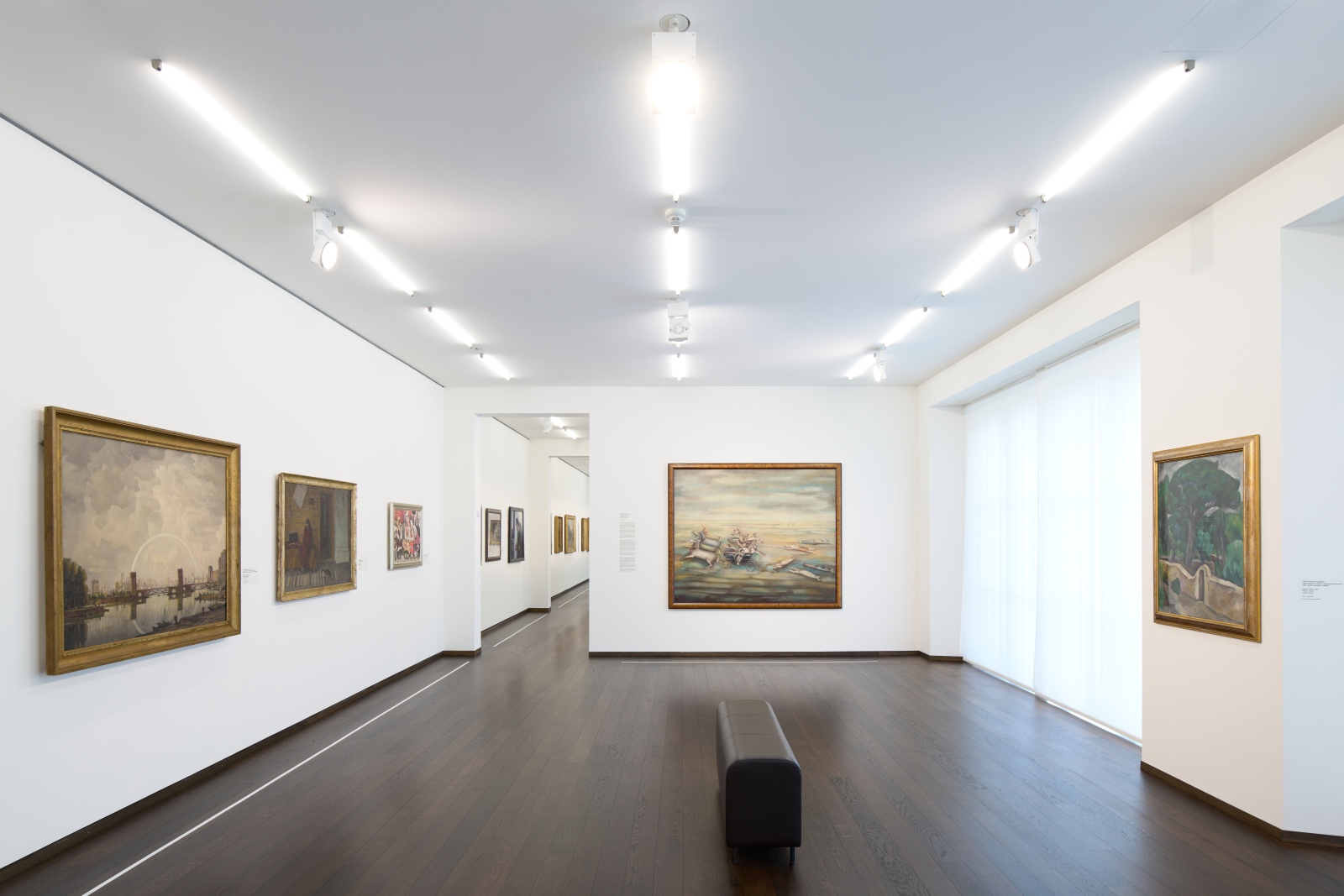

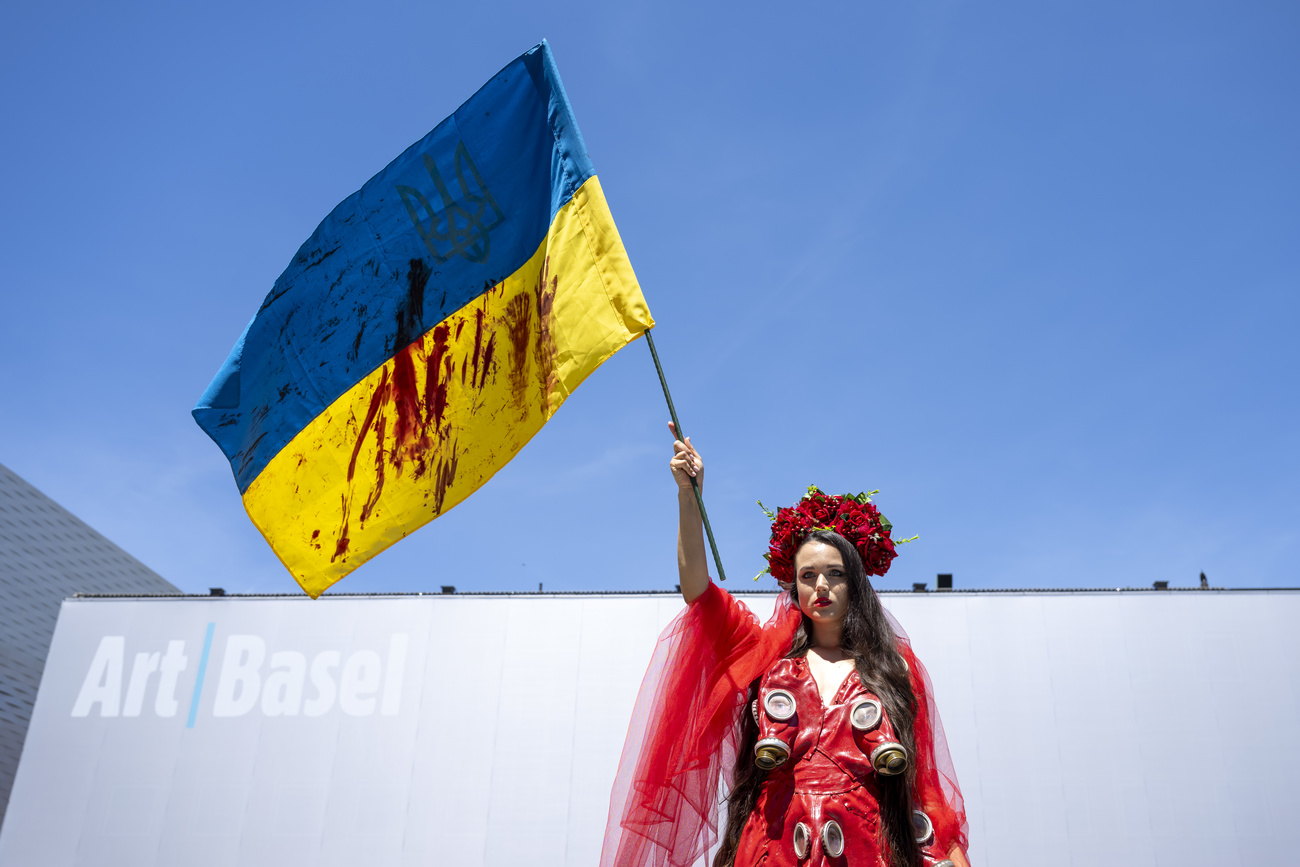
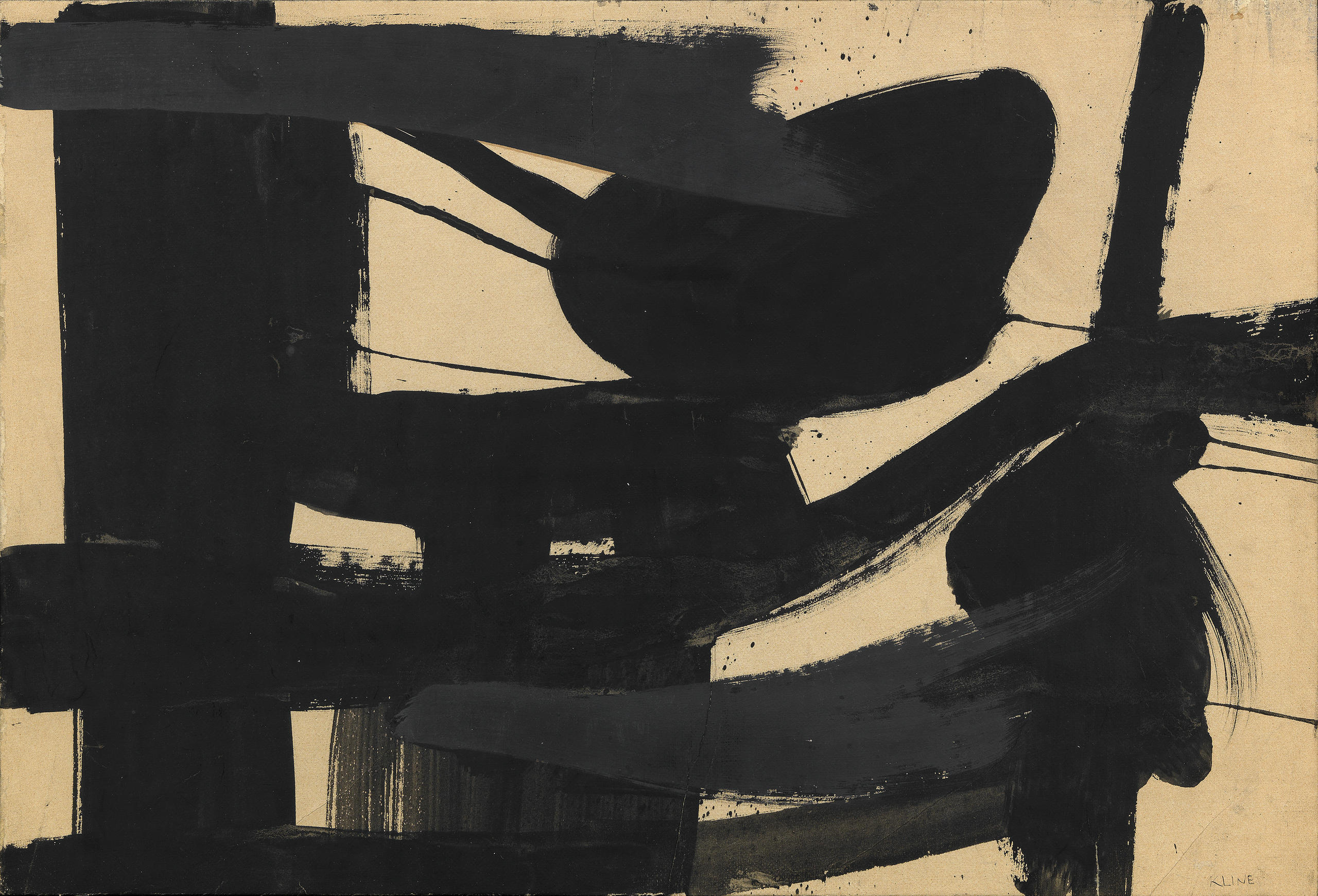
You can find an overview of ongoing debates with our journalists here . Please join us!
If you want to start a conversation about a topic raised in this article or want to report factual errors, email us at english@swissinfo.ch.